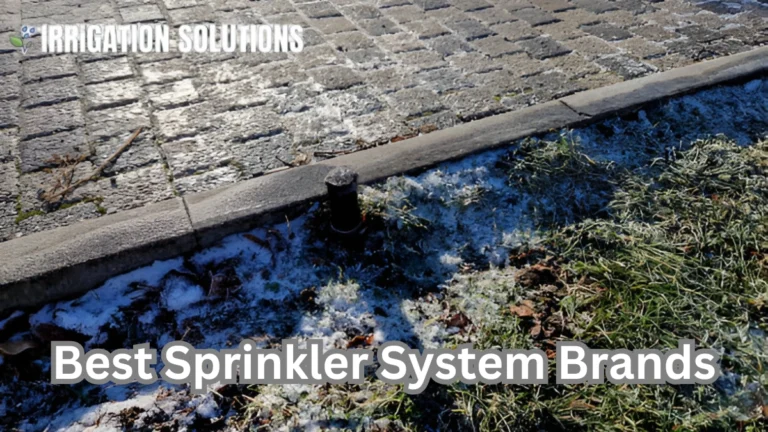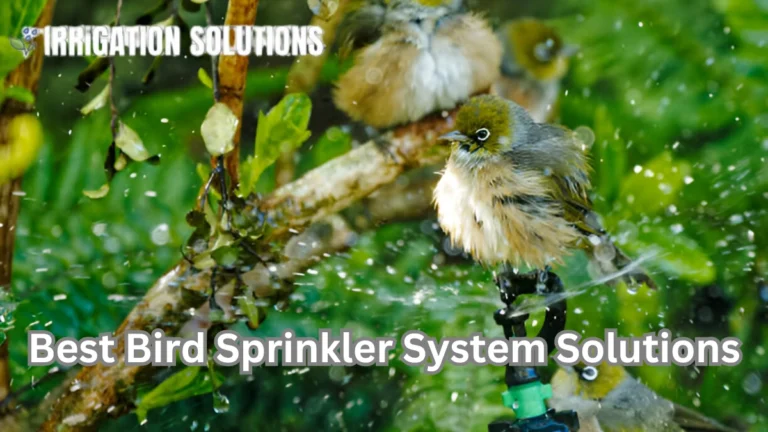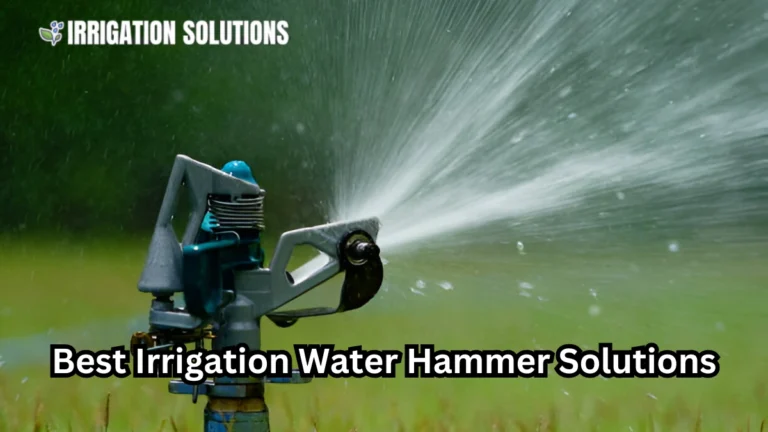Best Irrigation Solutions in Endodontics

In endodontics, effective irrigation plays a vital role in root canal treatments. Irrigation solutions in endodontics disinfects the root canal system, removes debris, and enhances cleaning and shaping, ensuring proper treatment and preparation of the tooth for restoration. As endodontic procedures evolve, so too do the techniques and solutions used for irrigation, which can significantly affect the outcome of the procedure. In this blog post, we’ll explore the different irrigation solutions available, the importance of irrigation in root canal therapy, and how choosing the right solution can optimize the success of your treatments.
What is irrigation solutions in endodontics?
Irrigation is the process of flushing out the root canal with a solution to cleanse it from bacteria, debris, and other contaminants. Root canal systems often have narrow, intricate pathways that are difficult to reach with hand instrumentation alone. As a result, irrigation is essential for cleaning these spaces effectively.
The ideal irrigation solution should not only remove debris but also disinfect the canal, prevent bacterial regrowth, and help prepare the canal for obturation (filling).
Why is Irrigation Crucial for Root Canal Success?
Effective irrigation addresses several critical issues during a root canal procedure:
- Disinfection: Root canals often harbor bacteria, making it crucial to disinfect the space. This minimizes the risk of infection following treatment.
- Debris Removal: Mechanical cleaning of the canal using files can push debris deeper into the canal. Irrigation helps remove this debris, preventing blockages and ensuring the canal is thoroughly cleaned.
- Biofilm Removal: Biofilms formed by bacterial colonies can form on the canal walls. The right irrigation solution can help disrupt and remove these biofilms, which are notoriously difficult to eliminate.
- Improved Shaping: Irrigation assists in shaping the canal by softening tissues, making them easier to remove during cleaning and shaping.
Types of Irrigation Solutions in Endodontics
Dentists have developed various irrigation solutions to meet the needs of root canal treatments. Each solution has its own benefits, limitations, and specific uses. Let’s dive into some of the most commonly used irrigation solutions.
Sodium Hypochlorite (NaOCl)
Dentists widely use sodium hypochlorite, often referred to as NaOCl, as one of the most common irrigation solutions in endodontics. It is effective at disinfecting the root canal, dissolving organic material, and neutralizing bacteria.
Pros:
- Excellent antimicrobial properties
- Effective at dissolving pulp tissue
- Inexpensive and easy to acquire
Cons:
- Can cause irritation if extruded beyond the apex (tip of the root)
- Toxic to surrounding tissues if not used carefully
- May cause staining if it contacts external tooth surfaces
Concentration: Dentists typically use sodium hypochlorite in concentrations ranging from 0.5% to 6%. The most common concentration is 2.5%, which offers a balance between effectiveness and safety.
Chlorhexidine
Dentists widely use chlorhexidine as an irrigation solutions in endodontics, particularly for its superior antibacterial properties. Unlike sodium hypochlorite, chlorhexidine does not dissolve organic tissue but is highly effective in eliminating bacteria within the root canal system.
Pros:
- Strong antimicrobial effects
- Less cytotoxic than sodium hypochlorite
- Non-irritating to surrounding tissues
Cons:
- Does not dissolve organic material
- Can lead to the formation of precipitates when mixed with NaOCl, making it critical not to use both in the same irrigation sequence
Concentration: Chlorhexidine is commonly used in concentrations of 2% to 5%. Dentists typically employ chlorhexidine to control bacterial infection, particularly in cases of apical periodontitis.
EDTA (Ethylenediaminetetraacetic Acid)
EDTA is primarily used as a chelating agent that removes inorganic substances such as dentin debris. While it doesn’t have strong antibacterial properties like NaOCl or chlorhexidine, it plays an important role in the cleaning process by removing the smear layer (a thin film of debris left on canal walls after mechanical instrumentation).
Pros:
- Effectively removes the smear layer
- Softens dentin, aiding in the cleaning process
- Can be used in conjunction with other irrigation solutions
Cons:
- Limited antimicrobial properties
- Needs to be used with other agents (like NaOCl) for effective disinfection
Concentration: EDTA is typically used at a concentration of 17%. It is usually applied after sodium hypochlorite to remove the smear layer.
Other Alternatives
Several other irrigation solutions are used as adjuncts to the more commonly used agents. These include:
- Iodine-based Solutions: Used for their antimicrobial properties, these solutions can be more effective in specific cases, particularly in treating resistant bacteria.
- Hydrogen Peroxide: Often used for its tissue-dissolving abilities, but can sometimes cause irritation if used excessively.
- Bioceramic Irrigants: These newer solutions are gaining popularity due to their biocompatibility and excellent sealing properties.
The Role of Ultrasonic Activation in Irrigation
Traditional irrigation techniques involve the use of syringes to flush the canal. However, recent advances in technology have introduced ultrasonic activation, which enhances the effectiveness of irrigation.
How Ultrasonic Irrigation Works
Ultrasonic irrigation uses high-frequency sound waves to create pressure waves in the irrigation solution. These waves can reach areas of the root canal that are difficult to access using traditional methods. Ultrasonic activation helps in:
- Disrupting bacterial biofilms
- Penetrating complex canal systems
- Enhancing the removal of debris
Research has shown that ultrasonic activation significantly improves the cleaning efficiency and disinfection of the root canal system, making it a valuable adjunct to traditional irrigation methods.
Benefits of Ultrasonic Irrigation
- Increased cleaning efficacy: The sound waves increase the flow of the irrigant and help it reach areas that would otherwise be inaccessible.
- Improved biofilm disruption: Studies have shown that ultrasonic activation can effectively disrupt biofilms, improving the disinfection of the canal.
- Reduced treatment time: As ultrasonic activation improves the efficiency of cleaning, the overall time for treatment may be reduced.
Comparing Irrigation Techniques: Manual vs. Automated Systems
There are two primary ways of delivering irrigation solutions to the root canal: manual and automated systems.
Manual Irrigation
Manual irrigation involves using a syringe to inject irrigation solution into the root canal. While simple and cost effective, manual irrigation can be less precise and inefficient in complex cases, as the solution may not reach all parts of the canal.
Automated Systems
Automated irrigation systems, such as the EndoVac or the GentleWave system, use vacuum or acoustic energy to ensure a more thorough and controlled delivery of the irrigation solution. These systems have been shown to improve canal cleanliness, reduce the risk of extrusion, and increase overall procedural efficiency.
Advantages of Automated Systems:
- Better control over the irrigation process
- Enhanced delivery of irrigants to hard to reach areas
- Reduced risk of extruding solution beyond the apex
Case Studies: The Impact of Effective Irrigation Solutions
Several studies have highlighted the impact that effective irrigation solutions can have on the outcome of root canal treatments. One such study showed that using a combination of sodium hypochlorite and EDTA led to better disinfection and less postoperative pain compared to using sodium hypochlorite alone.
In another case, ultrasonic activation of irrigants was shown to increase the success rate of endodontic therapy by improving the cleaning of irregularly shaped canals. These findings underscore the importance of not only choosing the right irrigation solution but also ensuring the correct delivery method is employed.
Conclusion: Choosing the Right Irrigation Solution for Your Practice
Incorporating the right irrigation solution and technique is crucial to the success of endodontic treatments. While sodium hypochlorite remains the gold standard due to its antibacterial and tissue-dissolving properties, combining it with other solutions like EDTA or chlorhexidine can help address specific clinical needs. Additionally, advances in ultrasonic irrigation offer a promising tool for improving the efficiency and effectiveness of cleaning.
By understanding the properties and benefits of different irrigation solutions, endodontists can make more informed decisions that enhance patient outcomes, reduce treatment time, and improve long-term success rates.
Key Takeaways:
- Sodium Hypochlorite is essential for disinfection and tissue dissolution.
- Chlorhexidine offers strong antibacterial effects with less cytotoxicity.
- EDTA is crucial for removing the smear layer, enhancing cleaning.
- Ultrasonic activation improves the penetration and efficiency of irrigation solutions.
- Always consider the complexity of the case when choosing the appropriate irrigation solution.
With the right tools and techniques, you can achieve better root canal outcomes, providing patients with long-lasting relief and preserving their natural teeth.






